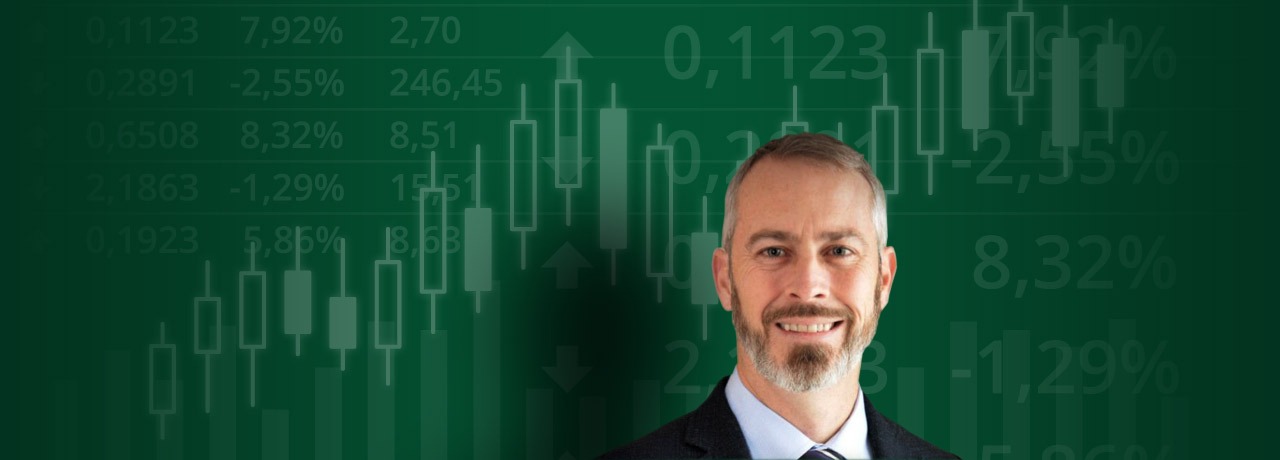The Commodity Futures Trading Commission publishes a weekly report entitled, “Commitment of Traders Report.” This report totals the positions by all major commodity market players and breaks them down into a few important categories. The category that is most predictive of future moves in the commodity markets is the Commercial Trader category. This group is made up of people who are hedging their need for the physical commodity to meet future production as well as the producers of physical commodities who are trying to get their future production sold at the best possible prices. These are the professionals whose livelihood depends on their ability to ascertain value in their particular markets. Following their behavior in the commodity markets is very similar to following the reportable insider trading in the stock market, in which employee transactions of large amounts of stock must be reported to the Securities Exchange Commission.
Following the commercial trader category provides keen insight into the commodity markets. Some examples are seasonals, divergences and macro economic expectations. Comparing year over year action against established seasonal trends can allow traders to catch a glimpse into the expected strength or weakness of the current cyclicality in a market. Crude oil typically experiences its greatest strength from early July through the end of August. This year, the commercial buying came in just as expected and the market made its most recent low on July 6th and has rallied from $71.50 to almost $83 dollars per barrel.
Divergences appear when a market makes a new multi month high or low that is not validated by the commercial traders’ actions. For example, today’s news that China’s property market is cooling off has already been reflected in the market by commercial traders who have sold this rally relentlessly and capped the rally for six straight trading sessions under $3.40 per pound.
Both of these examples tie into the macro economic expectations of commercial traders. The seasonal rally in crude oil has been cut short by heavy commercial selling over the last two weeks due to expected softness in global crude oil demand. Recent energy reports show that gasoline levels here in the U.S. are at a six-week high and our refineries are trending toward decreased capacity utilization. Furthermore, China, the world’s largest crude oil consumer, has decreased their imports 15% since June.
The capping of prices in the copper market by commercial traders is further evidence of an expected economic slowdown. Commercial traders who follow the markets that provide their livelihood are among the first to know and analyze important information. They were aware that China’s copper and iron ore shipments are down for the first time in four months and that their crude oil consumption is 15% lower for July.
Finally, we can extend this same analysis to commercial positions in other actively traded markets as well. The disappointing projections are for a weaker stock market, low bond yields and higher agricultural prices. The build up of short positions in the stock market over the last three weeks has been considerable. Clearly, professional traders’ expectations of the stock market are negative. This can be partially verified by the buildup of short maturity debt. Interest rate futures across the strip expect to see continued buying even in the face of added government stimulus and a weakening U.S. Dollar. In fact, one of the most fundamental traders of all time – Warren Buffet, has shown that they are increasingly buying short- term treasuries. This omen portends the possibility of profiting on a flight to quality as people pull money out of a falling stock market and place it in U.S. Treasuries for liquidity and protection.
Finally, professional traders in the grain markets have been making their stand in two ways. First, buyers of grains are supporting higher and higher floor prices. This means the folks at Nabisco, Quaker Oats and Frito Lay are all expecting the growing overseas middle class to put a squeeze on the United States’ ability to remain the, “bread basket to the world.” Sellers of grains, on the other hand, are more willing to let the markets spike higher and higher before capping their profit potential. This was witnessed over the last month as overseas growing issues forced U.S. grain prices up 28% in corn, over 50% in oats and the price of wheat nearly doubled.
Trading alongside of the commercial traders has been quoted as, “Following the elephants.” This provides three benefits. Their actions are reported weekly, making their path easy to find. They cut a wide enough swath through the market to allow us to slip in and out at our convenience. Finally, they offer a tremendous amount of protection. Trading the markets is hard enough on your own. Why not allow the elephants to guide you?
This blog is published by Andy Waldock. Andy Waldock is a trader, analyst, broker and asset manager. Therefore, Andy Waldock may have positions for himself, his family, or, his clients in any market discussed. The blog is meant for educational purposes and to develop a dialogue among those with an interest in the commodity markets. The commodity markets employ a high degree of leverage and may not be suitable for all investors. There is substantial risk in investing in futures.





